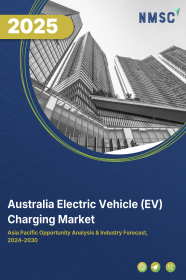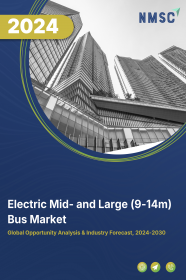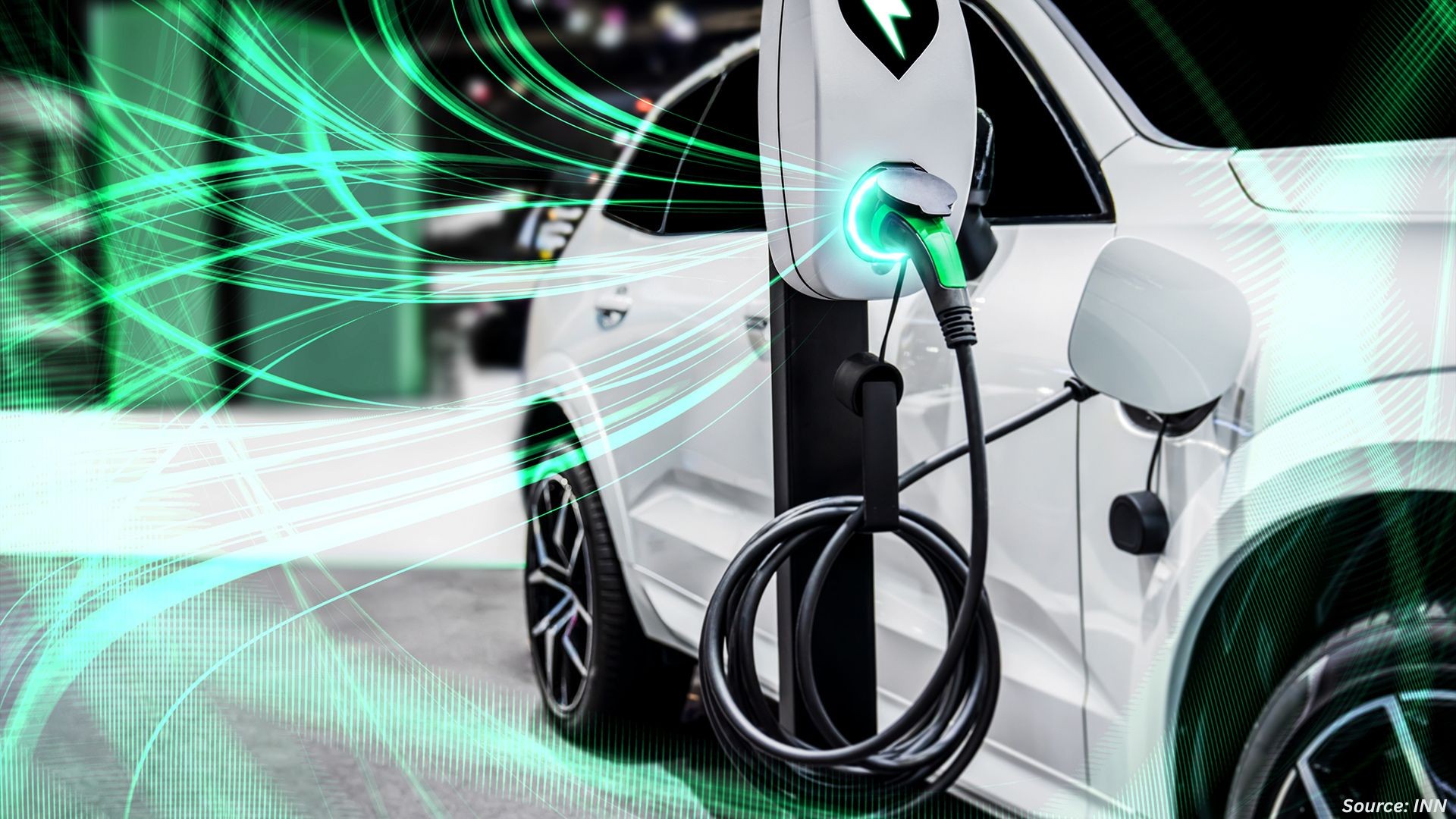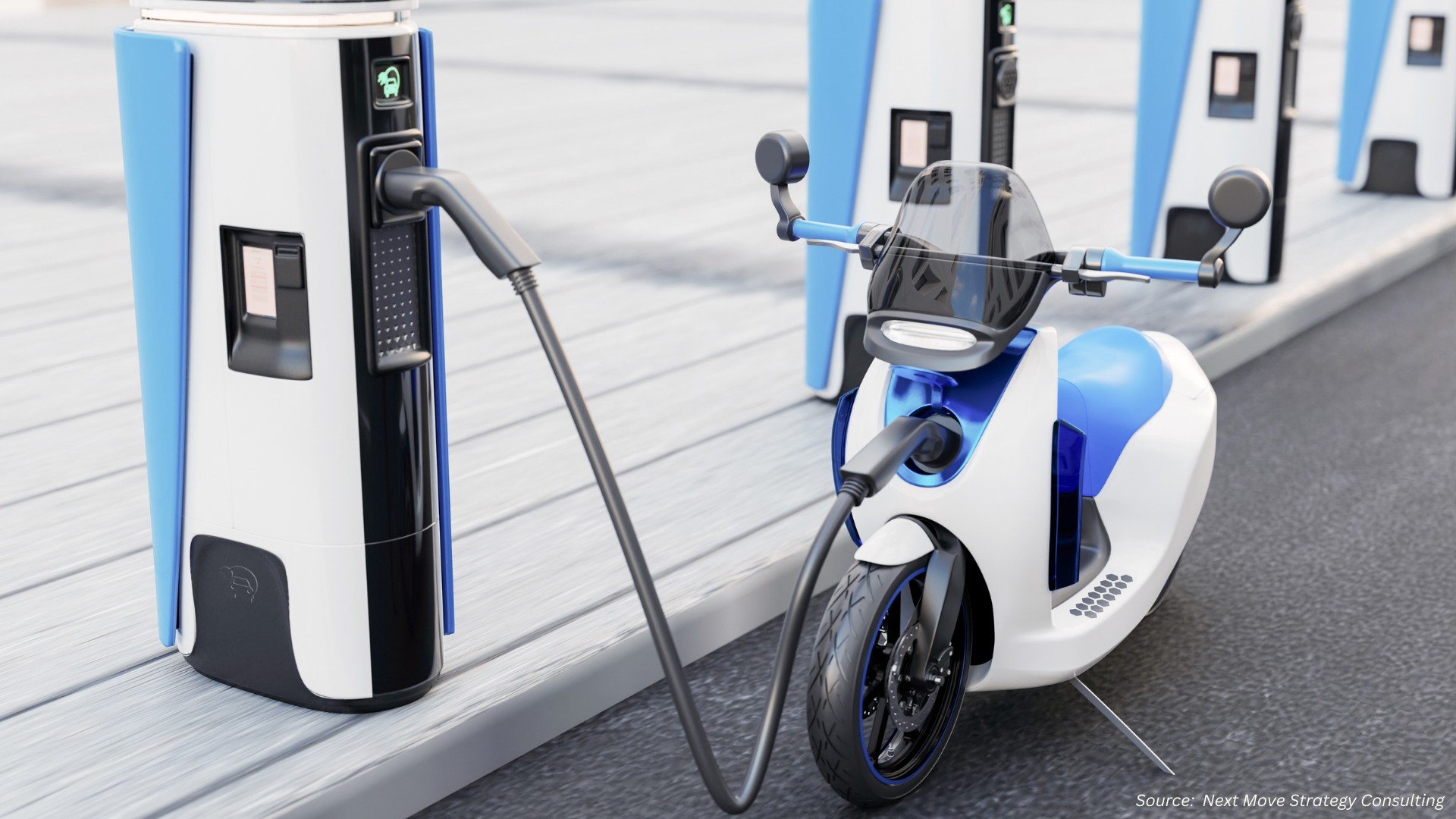
Australia Electric Vehicle (EV) Charging Market by Type of Charger (AC Chargers, and DC Chargers), by Charging Speed (Level 1, Level 2, and Level 3), by Connector Type (Type 1, Type 2, CCS, CHAdeMO, and Others), by Installation (Fixed, and Portable), and by End User (Commercial, and Residential) – Opportunity Analysis and Industry Forecast 2023–2030.
Industry: Automotive & Transportation | Publish Date: 13-Nov-2025 | No of Pages: 152 | No. of Tables: 142 | No. of Figures: 87 | Format: PDF | Report Code : AT870
Market Definition
Australia Electric Vehicle (EV) Charging Market was valued at USD 97.17 million in 2022, and is predicted to reach USD 813.66 million by 2030, with a CAGR of 31.1% from 2023 to 2030. Electric vehicle chargers are characterized by the rate at which they deliver energy to the vehicle's battery. They serve as a vital infrastructure connecting plug-in electric vehicles to electrical outlets for the purpose of recharging the vehicle's battery. These chargers facilitate the charging process by supplying the necessary electrical energy to the EV's battery.
Charging stations are compatible with electric vehicles, neighborhood electric vehicles (NEVs), and plug-in hybrids, allowing them to connect to an electrical source for charging. Some charging stations come equipped with advanced functionalities such as smart meters, cellular connectivity, and network access.
The charging of EVs can be carried out through several levels of charging such as level 1, level 2, and level 3. The higher the level of charging, the faster the charging process causing more power to be delivered to the vehicle. The use of electric vehicles significantly reduces the carbon footprints released into the atmosphere, which contain toxic gas. The growing threat of carbon emissions and other harmful gases stemming from transportation has triggered the vital necessity of adopting electric vehicles.
In addition, the penetration of EV charging is high in commercial spaces as compared to residential ones. Long-distance trips would benefit from ultra-fast charging capabilities made possible by public charging infrastructure. However, EV chargers for residential spaces offer significant growth potential as they are affordable and more convenient for charging electric vehicles as compared to commercial charging stations.
Growing EV Fleet Electrification Boosting Charger Deployment
Australia’s public and private fleets—spanning state transport agencies, municipal bus operators, logistics providers, and ride-share networks—are moving rapidly toward large-scale EV adoption. This creates predictable, high-volume charging demand, encouraging partnerships on turnkey, depot-grade charging stations that reduce setup complexity and ensure reliable fast recharging.
Centralising infrastructure at depots and maintenance yards delivers economies of scale through bulk electricity tariffs, streamlined load management, and consolidated grid connections. As the total cost of ownership for EV fleets declines and payback periods shorten, investment in high-capacity, modular charging systems becomes increasingly attractive.
Integration of Renewable Energy and Grid Services
EV charging stations in Australia are transforming from basic “make-ready” assets into intelligent, grid-interactive infrastructure. Pairing fast chargers with on-site solar and battery storage enables operators to utilise cheaper off-peak power and feed surplus renewable energy back into the grid during peak demand.
In addition, smart networked chargers now provide dynamic load management—absorbing excess rooftop solar at midday or easing pressure on the grid during evening peaks. With regulators opening ancillary-services markets to aggregated charging fleets, station operators can generate new revenue streams through frequency control and demand-response participation. This dual role—advancing decarbonisation while strengthening grid stability—is accelerating investment in next-generation charging solutions
Regulatory Competition and Ring-fencing Tensions Undermining Market Equity
Regulatory shifts in Victoria have intensified uncertainty around who gets to build and manage EV charging infrastructure. Power distributors—CitiPower, Powercor, and United Energy—have proposed entering the EV charging market directly in underserved regions. This has triggered fierce criticism from energy retailers and private operators, who argue that allowing regulated monopolies to extend into charging could breach Australia’s ring-fencing rules and distort fair competition.
The Australian Energy Regulator (AER) is currently reviewing this proposal, with a decision expected later in 2025. The outcome will set a critical precedent: either enabling faster infrastructure rollout by leveraging networks’ existing assets, or reinforcing protection against anti-competitive practices. Until clarity is provided, private-sector investors face a chilling effect on charger deployment, particularly in low-return or regional locations.
Strategic Integration of EV Charging into High-Footfall Commercial Hubs and Retail Anchors
A major emerging opportunity in Australia’s EV charging market lies in embedding infrastructure within large commercial hubs and retail chains, where strong consumer traffic, long dwell times, and existing energy infrastructure create a compelling value proposition. Recent developments, such as the Clean Energy Finance Corporation’s A$100 million loan to Wesfarmers to install EV chargers, solar panels, and battery storage across Bunnings and Officeworks stores by 2025, highlight the scalability of this model. By leveraging retail carparks as charging destinations, operators can combine renewable generation with mid-duration charging, reduce operating costs, and improve grid resilience while enhancing customer experience. This approach not only accelerates charger rollout through visible, high-traffic sites but also establishes a replicable blueprint for integrating EV infrastructure into Australia’s broader commercial real estate landscape—positioning retail-anchored charging as a transformative growth driver in the years ahead.
Competitive Landscape
The Australia Electric Vehicle (EV) Charging industry includes several market players such as Kempower, Ocular Charging, Autel, Schneider Electric, Siemens, Tesla, ABB, Delta, Evnex, Wallbox, Tritium, Eaton, Charge Amps, Bosch, ClipperCreek, and others.
Australia Electric Vehicle (EV) Charging Market Key Segments
By Type of Charger
-
AC Chargers
-
Mode 1 (2.3 kW)
-
Mode 2 (2.3 kW)
-
Mode 3 (3.7 kW to 22 kW)
-
-
DC Chargers
By Charging Speed
-
Level 1
-
Level 2
-
Level 3
By Connector Type
-
Type 1
-
Type 2
-
CCS
-
CHAdeMO
-
Others
By Installation
-
Fixed
-
Portable
By End User
-
Commercial
-
Commercial Public EV Charging Stations
-
Highway Charging Stations
-
Fleet Charging Stations
-
Workplace Charging Stations
-
-
Commercial Private EV Charging Stations
-
-
Residential
-
Private Homes
-
Apartments
-
Key Players
-
Kempower
-
Ocular Charging
-
Autel
-
Schneider Electric
-
Siemens
-
Tesla
-
ABB
-
Delta
-
Evnex
-
Wallbox
-
Tritium
-
Eaton
-
Charge Amps
-
Bosch
-
ClipperCreek
Report Scope and Segmentation
|
Parameters |
Details |
|
Market Size in 2022 |
USD 97.17 Million |
|
Market Volume in 2022 |
8 Thousand Units |
|
Revenue Forecast in 2030 |
USD 813.66 Million |
|
Growth Rate |
CAGR of 31.1% from 2023 to 2030 |
|
Analysis Period |
2022–2030 |
|
Base Year Considered |
2022 |
|
Forecast Period |
2023–2030 |
|
Market Size Estimation |
Million (USD) |
|
Growth Factors |
|
|
Companies Profiled |
15 |
|
Market Share |
Available for 10 companies |
|
Customization Scope |
Free customization (equivalent up to 80 working hours of analysts) after purchase. Addition or alteration to country, regional, and segment scope. |
|
Pricing and Purchase Options |
Avail customized purchase options to meet your exact research needs. |

















 Speak to Our Analyst
Speak to Our Analyst

























